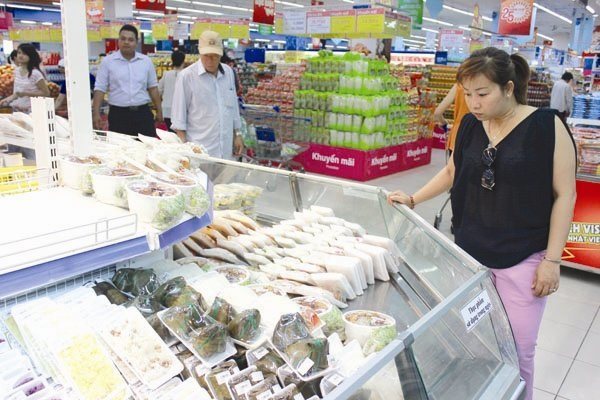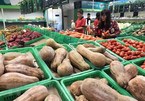The General Statistics Office (GSO) announced that the CPI in January 2020 increased by 1.23 percent over December 2019. This was the the third consecutive month the CPI increase was around 1 percent (it was 0.96 percent in November 2019 and 1.4 percent in December 2019).

As a result, the YoY CPI increase reached 6.43 percent in January 2020 compared with the same period last year.
On January 31, Deputy Prime Minister Vuong Dinh Hue had to hold an extraordinary meeting of the National Price Steering Committee to discuss solutions to stabilize the pork price.
In the last four months alone, from October 2019 to January 2020, the pork price increased by 54.4 percent compared with the time before the ASF (African Swine Fever) outbreak in May 2019.
| Keeping the inflation rate at 4 percent in 2020 will be a challenging task, not only because of the pork price escalation, but also money excess. |
Fresh meat, especially pork, accounts for 5 percent of the baskets of goods for calculating CPI.
Therefore, it is foreseeable that the continuous pork price increase is threatening the government’s goal of curbing the inflation rate at 4 percent this year.
Along with the increase of headline inflation, the core inflation is also increasing proportionally.
The core inflation in January 2020 was 0.76 percent over December 2019 and 3.25 percent over the same period last year. The figure is much higher than the average 2 percent in the whole year 2019.
The headline inflation in the last few months is attributed to the short supply of pork as a result of ASF epidemic, but this won’t continue affecting inflation in upcoming months, when livestock companies step up farming and the government increases meat imports. Analysts think headline inflation will decrease in the time to come.
However, the core inflation performance seems to be quite different as food and products under the state’s control in prices are not used to calculate the index. The items of the basket of goods used to calculate core inflation just account for 40 percent of the total items of the basket of goods used to calculate CPI.
The performance of core inflation has a close relation with the amount of money in circulation. In principle, money supply increase will put pressure on core inflation, and vice versa.
The fact that the State Bank of Vietnam (SBV) bought $20 billion in 2019 meant that VND450 trillion was pumped into circulation.
In the latest news, the central bank reduced the money supply by issuing 91-day SBV notes on January 20. Analysts believe that SBV may further tighten control over the credit flow into non-production sectors such as real estate and or securities investment.
Mai Lan

CPI in January hits record high in recent 7 years
Vietnam’s consumer price index (CPI) in January hit a record high, up 1.23 percent over the previous month and 6.43 percent year on year, according to the General Statistics Office (GSO).

Prices of goods under State watch should be kept unchanged to curb inflation: GSO
The Government should not raise the prices of any products under its management, especially medicines, fuels and electricity, in the first half of 2020 to keep the full-year inflation rate under control, stated the General Statistics Office.
 Keeping the inflation rate at 4 percent in 2020 will be a challenging task, not only because of the pork price escalation, but also money excess.
Keeping the inflation rate at 4 percent in 2020 will be a challenging task, not only because of the pork price escalation, but also money excess.